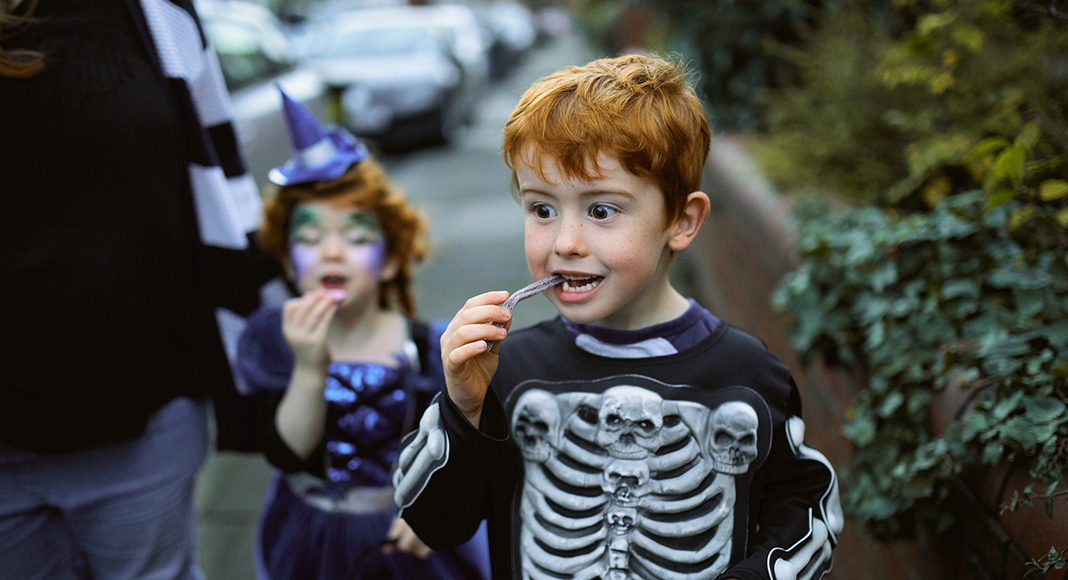October 31 might be a date for horror and scares, but that shouldn’t include on the roads.
Here are some frightening facts:
- Twice as many kids are killed while walking on Halloween than any other day of the year (Source: Safe Kids)
- During the Halloween night (6 p.m. October 31 to 5:59 a.m. November 1) during the years 2013-2017, there were 158 people killed in drunk-driving crashes (Source: NHTSA)
- During Halloween night from 2013-2017, 42% of those killed were in traffic crashes that involved at least one drunk driver (Source: NHTSA)
This October 31, eDriving is offering the following safety tips to ensure that any frights are a result of spooky costumes, not dangerous driving:
Drivers:
- Assume all residential areas will have children on the streets
- Use headlights, even at dusk
- Drive well under the posted speed limit, particularly on curves
- Look out for children entering the road from stopped vehicles
- Take extra care when entering/ exiting driveways and turning into roads
- Use turn signals to indicate your intentions
- Yield to children
- Expect children to cross the road where they shouldn’t – and without checking that it’s safe
- Stay focused. Avoid distractions such as phones, interacting with GPS, eating and drinking
- Don’t consume any alcohol if you’re driving; impairment begins below the legal drink-driving limit
Parents/ guardians of trick-or treaters:
- Accompany children under 12
- Use hazard lights when dropping off or picking up children in your car
- Encourage children to wear costumes that are bright and reflective. Add strips of reflective/glow-in-the-dark tape to dark costumes and/or Halloween treat/loot buckets or bags.
- Make sure costumes are not a trip hazard, particularly capes and cloaks
- Use face paints instead of masks which can obstruct a child’s vision
- If a child is wearing a mask, ask them to remove it between houses
- Set a good example while accompanying children: walk-don’t run, cross the road at designated places, stay on the sidewalk and use well-lit streets
- Equip children with a flashlight/torch with fresh batteries and/ or glowsticks
- If you’re allowing older children to go out alone, agree a safe route beforehand and talk about the rules they must follow, including crossing at safe places, looking both ways and listening for traffic



















